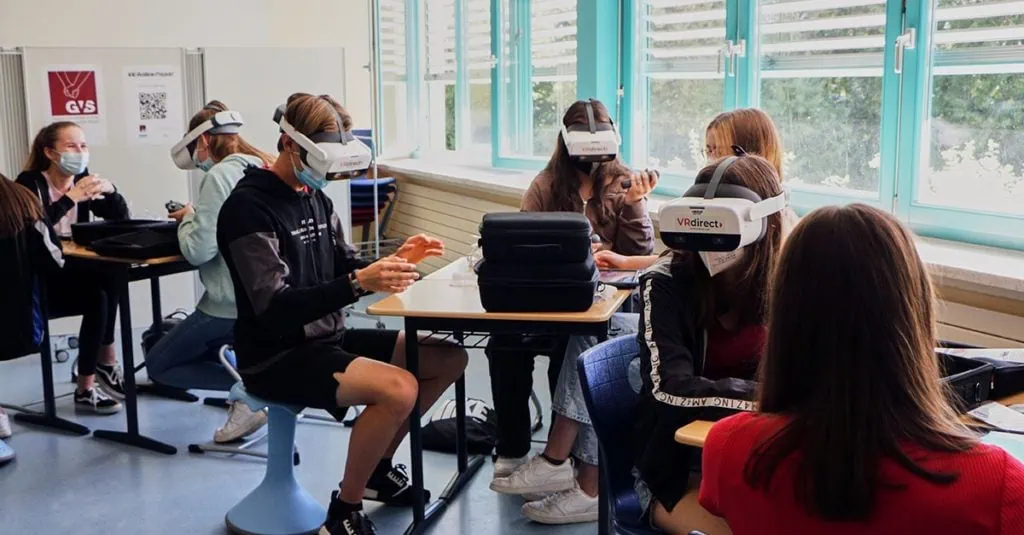Virtual Reality for education and learning has emerged as a groundbreaking technology that is transforming the way we teach and learn. This article delves into the myriad aspects of VR for education, exploring the implementation, advantages, and future potential of virtual reality in classrooms and educational institutions.
The integration of VR for education and learning marks a revolutionary shift in the traditional education system. With the advent of this immersive technology, educators are increasingly leveraging VR and augmented reality (AR) in education to enhance the learning experience. This innovative approach is redefining the way students engage with educational content and is often referred to as “teaching VR” or “VR for learning.”
VR for education and learning has applications across various disciplines and educational levels. Below are some notable applications:
While VR for education has enormous potential, it also faces some challenges, such as the cost of VR hardware, the need for ongoing technical support, and the development of high-quality educational content. However, as technology evolves, these challenges are gradually being addressed.
The future of VR for education and learning is promising. As VR technology becomes more accessible and educational content continues to improve, it is likely to become an integral part of the education system worldwide. Virtual reality in schools will continue to evolve, providing students with new opportunities for interactive and immersive learning experiences.
Virtual reality in education is not just a trend; it is a transformative tool that enhances learning in ways previously unimaginable. With the increasing adoption of VR in classrooms, students are poised to benefit from immersive and interactive learning experiences. The marriage of technology and education through VR represents a bright future for teaching and learning. As educators and developers continue to refine and expand the applications of VR for education, we can expect even more exciting advancements in the field of education and learning.
Download our whitepaper VR in education for free: https://www.vrdirect.com/whitepapers/vr-in-education/.

© 2024 VRdirect GmbH. All rights reserved.